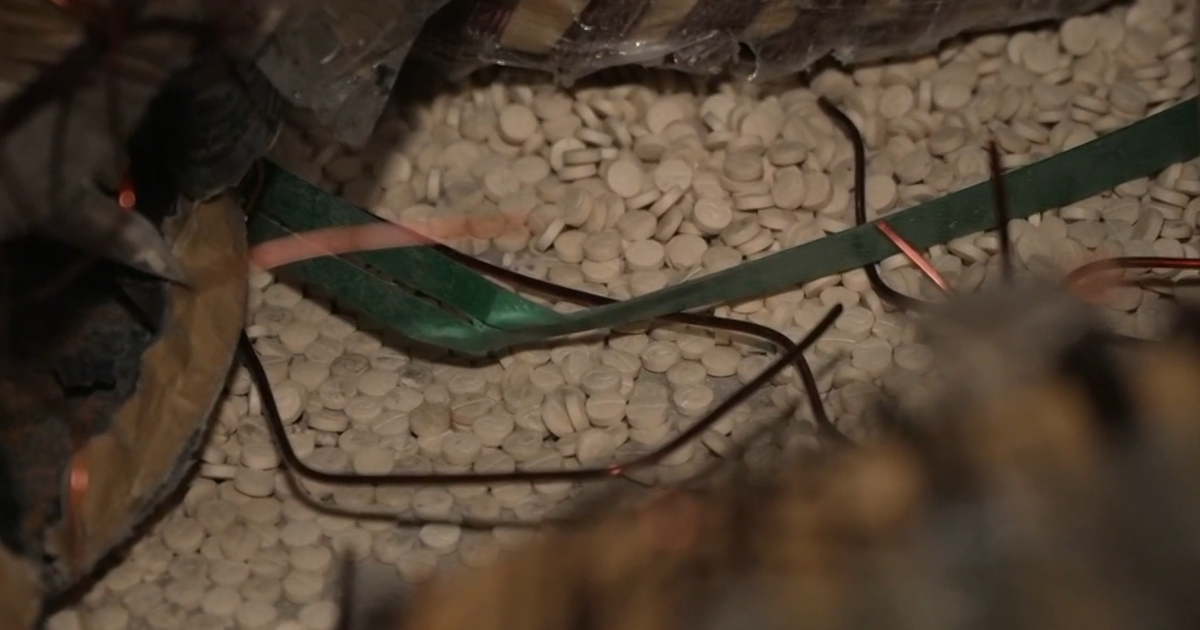Climate Diaries: Tracking "irreversible" ice flows in Antarctica
ANTARCTICA -- High summer in Antarctica is an explosion of life when the deep freezer warms up to become just a refrigerator.
And it’s an explosion of scientific research when the Antarctic reveals the secrets that have been locked in its ice.
“Something is obviously going on. It’s very clear,” said Ken Taylor, a scientist who runs one of the continent’s most ambitious ice research projects.
And what’s going on is the huge crack that’s opened up in one of the floating ice shelves that cling to the coast here.
“There’s a large berg about to break off of the Larsen Ice Shelf,” Taylor said. “The size of Delaware, yes, it’s very large and the fracture that is breaking off is expanding quite a bit lately, jumps about a mile every week or so.”
It’s not the ice from the ice shelf that is worrying.
More Antarctic ice flowing into the sea would increase the threat to low-lying coastal areas around the world, including in the United States.
“There are several spots around Antarctica that are believed to be in this irreversible situation, where the ice on the ground is going to flow into the sea and there’s nothing we can do to stop it at this point,” Taylor said.
Eric Guth is part of the Extreme Ice Survey, a scientific study that uses time-lapse photography to document what’s happening and prove that Antarctic ice is on the move.
Images snapped every hour, then strung together, show how quickly the glaciers are flowing. The pictures aren’t just useful for science, but they have another purpose, according to Guth.
“Much of the general public are visual learners, as am I, and I think being able to see that with your own eyes is a very compelling way of communicating information,” he said.
Arguments over the causes of climate change may be raging again at home. In Antarctica, suggestions of a hoax come up against some cold hard facts.
Taylor, the ice scientist, normally drills miles deep into the icecap for answers. Sometimes, though, they’re floating all around.
Bubbles trapped in the ice contain the air that was around tens of thousands of years ago, when the ice froze. And that air that contained a fraction of the warming greenhouse gasses the human race is now pumping into the atmosphere.
“If you break this open and smell that air, you’re smelling ancient air. It’s really good air, it’s like air before humans messed up the atmosphere,” Taylor said.
There’s another kind of chill in Antarctica as well, a chill felt by the scientific community who fear the research money they need will be harder to come by in the future. And that there is a less sympathetic ear in government for the kind of science they’re doing.









